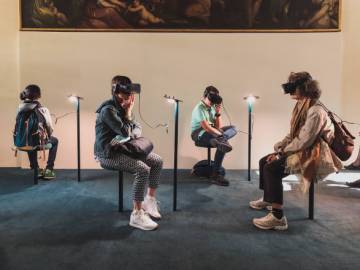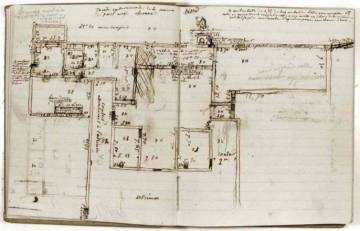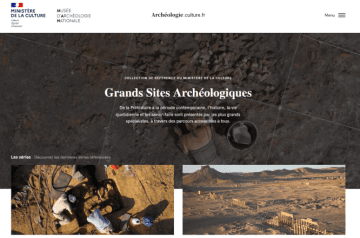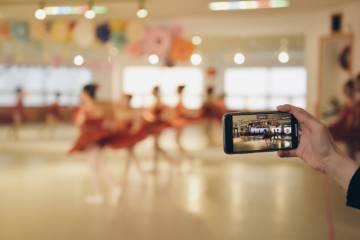Articulate face-to-face and distance
Taking new digital uses into account means supporting and supporting the development of innovative cultural practices and experiences. These proposals must reconcile online and in situ offers, particularly in the field of artistic and cultural mediation, and encourage the experimentation of new innovative devices.
Register in the Experience Log
Technological developments related to digital technology have strongly impacted the tools and media of cultural and artistic mediation, thus renewing the conditions for linking works with audiences, interactivity and appropriation of content.
The success of a digital offering, online or in situ, requires going beyond the digitization of an existing experience or content. It also implies a design and interactions adapted to the proposed format, and in coherence with the physical offer, where it exists.
The virtual exhibitions of the Centre National d'Art Contemporain-Georges Pompidou Allow to invest otherwise the universes of Miro or Kandinksy, and come to offer a complementary offer to that which the public can find on the spot.
The National Centre for Plastic Arts (CNAP) hosted the Waynote experiment, supported under the call for projects Innovative Digital Services (NIS). This project has developed a tourism application that enhances contemporary creative spaces during car trips.
Prepare and continue the experience in a virtual world
For cultural institutions, the development of mediation and digital content is an opportunity to extend their presence beyond their walls. They offer specific experiences but also offers that are linked to a visit or a physical representation. Indeed, today’s online visitors are potentially tomorrow’s in situ visitors or spectators. Digital technologies have a role to play in creating a desire to go to the theatre, the museum, the cinema, to read a book, to consult an archive or to discover the richness of its architectural, urban or heritage environment.
The Archaeology Laboratory Archaeology, winner of the Innovative Digital Services (NIS) call for projects, offered the participatory transcription of archaeological excavation archives to visitors of the Bibracte archaeological site as part of the Bulliot, Bibracte and me project. This operation, which began within the museum with its mediation team, continued during the health crisis.
Online visits or virtual visits, the development of which accelerated strongly during the health crisis beginning in March 2020, are emblematic of these issues. It is thus possible, thanks to the collection Major archaeological sites, to visit remotely the Chauvet cave or the Lascaux cave.
Innovations and practices in amateur
The latest technological innovations also help to diversify amateur practices, as illustrated by the emergence of online writing workshops.
Similarly, applications encourage discovery and cultural practice. Muriel Piqué developed as part of the project Compose & Dance an application in favor of the practice of dance. These solutions thus contribute to the enrichment of cultural activities as well as the development and diversification of digital mediation mechanisms.
Partager la page



